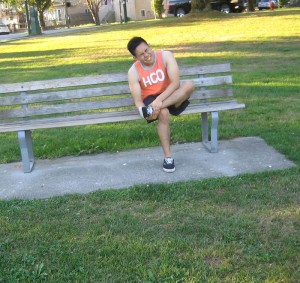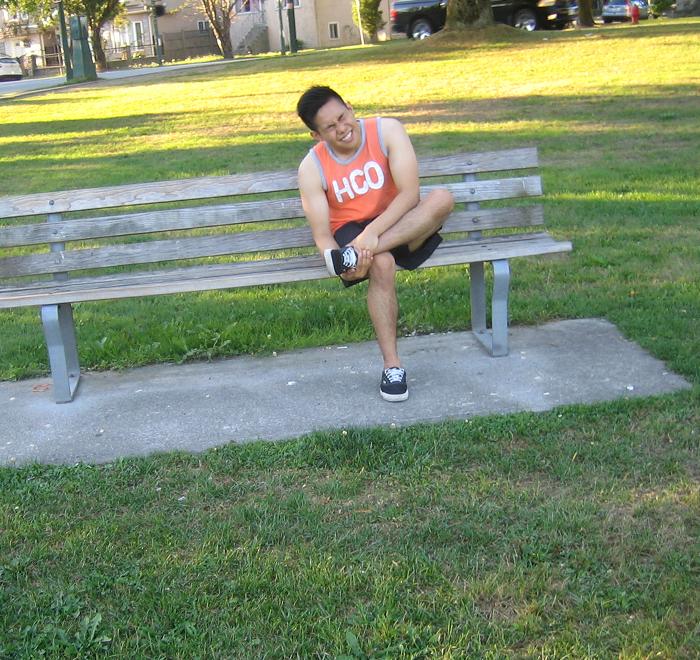Cracked heels are a common problem of the foot that is also called heel fissures. Cracked heels are due to dry skin or xerosis and it becomes complicated when the skin found around the rim of the heel becomes thick. When the fissures or cracks are very deep, they cause pain when standing and bleeding can sometimes occur which increases the risk for being infected.
The skin is usually dry and has a dense callus which is the yellowish or brownish discoloration of the skin especially on the inside border of the heel.
Symptoms of cracked heels
- If the cracks are severe, it will cause pain when bearing weight.
- The edges or rim around the heel have a thick area of skin or callus.
- Wearing open or shoes with thin soles makes the symptoms worse.
Causes

- An overweight person places more pressure on the normal fat pad found under the heel and causes sideway expansion. If the skin is not flexible, it will result to an increase in the pressure that can lead to cracks.
- Long periods of standing usually at work or at home especially on hard surfaces.
- Open back of the shoes which allows the fat found under the heel to expand sideways and cause an increase in the pressure to the crack.
- Conditions such as autonomic neuropathy with diabetes result to diminished sweating and an underactive thyroid causes a reduction in the metabolic rate of the body that causes dryness of the skin.
- Skin conditions such as eczema and psoriasis can lead to cracked heels
- Lack of moisture and incorrect care for the feet
- Unhealthy diet and aging
Treatment
- Use varieties of vegetable oil to heal and prevent cracked heels such as sesame oil, olive oil and coconut oil and other hydrogenated vegetable oils. Soak the feet in soapy water and then scrub the feet using a pumice stone to lessen the hardness of the skin. Rinse the affected feet and dry thoroughly and then apply the vegetable oil on the affected heels and soles. Cover the heels and sole with a pair of socks and leave them overnight while sleeping to make the skin soft. Repeat this process several times every day until the cracks in the heels improves.
- Exfoliate dead skin on the feet and heels using rice flour to eliminate dead skin and prevent dryness and cracking. Make a scrub by mixing a cup of rice flour with teaspoon of honey and apple cider vinegar. Mix well until it becomes a paste.
- In a foot tub filled with warm water, mix ½ cup of Epsom salt and soak the feet in the solution for at least for 10 minutes. Scrub the feet using a pumice stone and then soak again for another 10 minutes. Dry the feet properly and apply petroleum jelly to maintain moisture and cover it with a pair of socks to prevent the moisture from evaporating.

